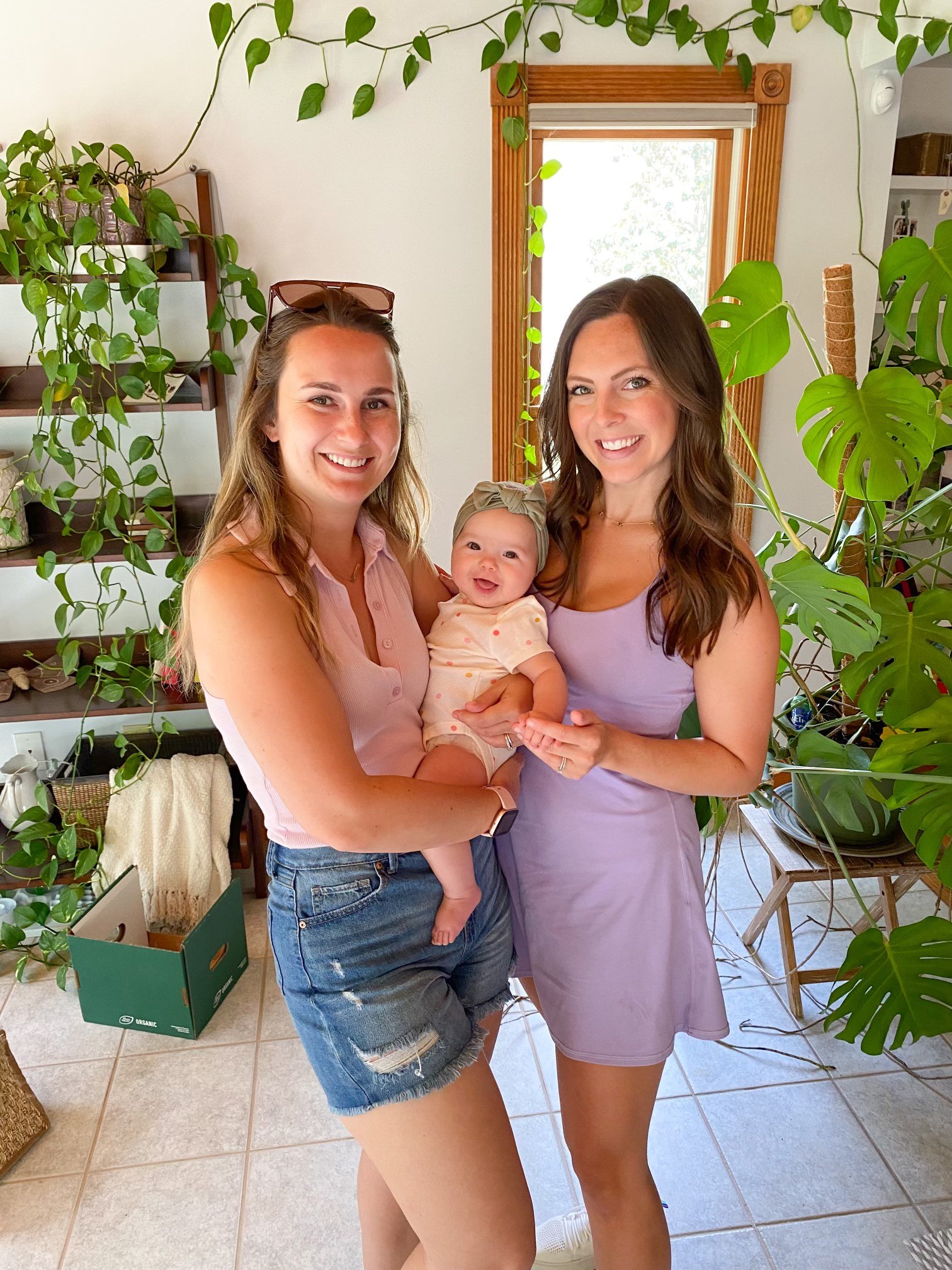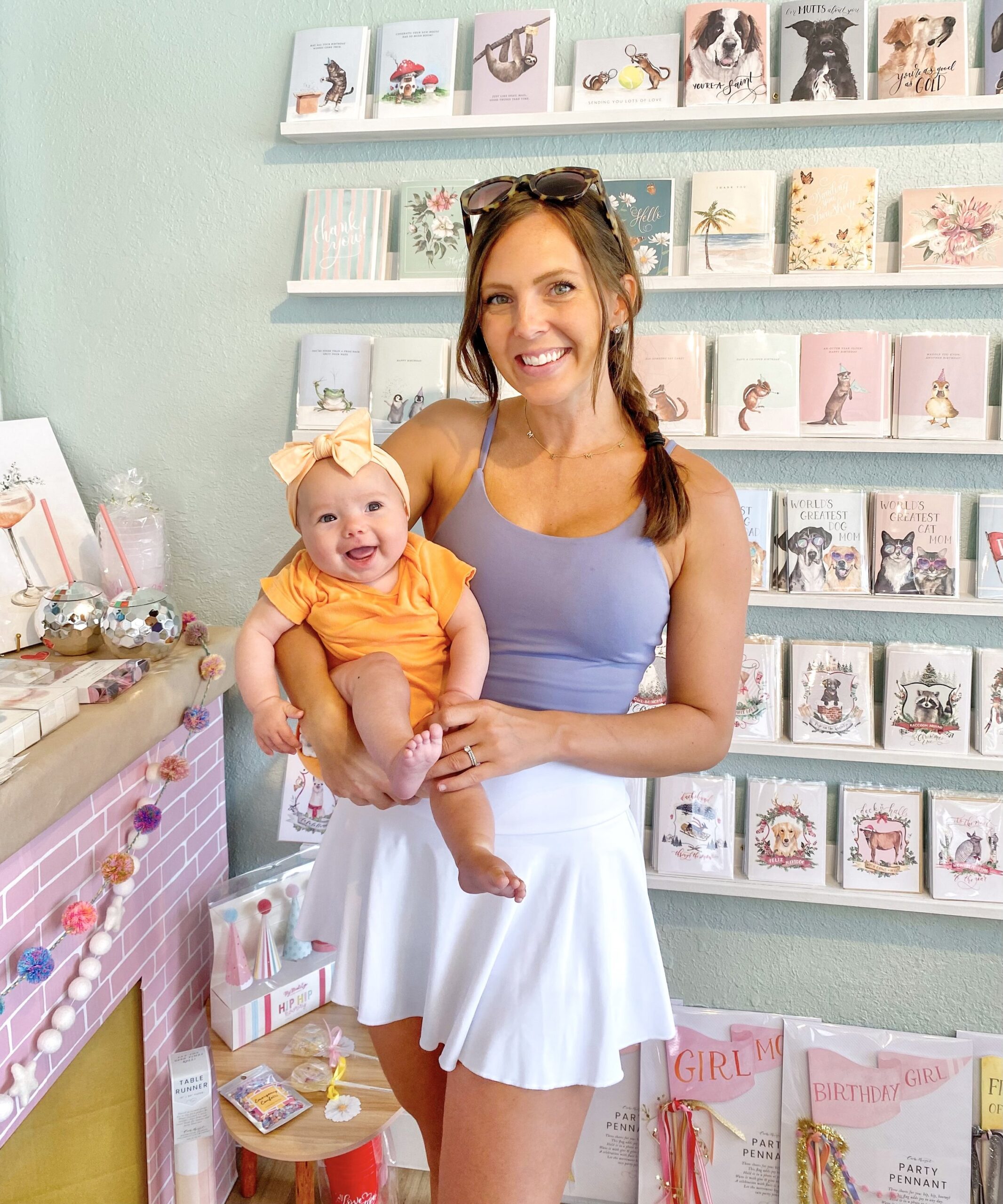Do you want a website that wows and converts? If so, you don’t want to miss today’s episode! Jordan Kentris is coming on the show to chat about the common website mistakes he sees creative business owners making. He’s talking about how you can make your website more user-friendly. Plus, he’s discussing e-commerce strategies that will turn your website into a lean, mean selling machine. You’ll want to grab your notebook for this one because Jordan is a wealth of knowledge when it comes to the creative industry, branding, and of course website optimization!
Let’s be friends! Find us on Instagram http://instagram.com/bizbirthdaybash @bizbirthdaybash.
Tell us what you did before you started “A Good Day” and how you ended up in the wedding & events industry! Background is in advertising and web design.
Jordan 2:48
I have a background in advertising and website design, I’m still doing that currently. So a good day kind of merged my two worlds. But I originally started out there doing site building. So I used to be actually like a hardcore PHP developer, like back end code, as well as a designer. And then I kind of moved into user experience, which happened fairly quickly in my career. But it was like the best decision that I ever made. Because it really allowed me to understand what clicks in people, why people make decisions, how to understand usability on a website, how to understand accessibility on a website, and really about like, when you’re working in your business, trying to think about what your consumer and user is trying to do at any point in their journey, and your content trying to meet those needs. So for me, it’s given me a much deeper understanding of marketing in my own business, but also how to structure content and how to tackle conversations with clients in ways that aren’t coming from my perspective and trying to put myself in their shoes all the time.
What are some of the most important “watchouts” to avoid?
Jordan 4:58
So there are three key ones. The first one is actually being very you focused. So when you’re only thinking of it from your lens as the kind of business owner or website, maintainer, talking about whatever it is, from your perspective only, you want to be kind of pivoting towards more kind of inclusive, consumer friendly language. So trying to avoid things like buzzwords that they may not be familiar with, trying to speak in plain language, trying to give them clear next steps. So your second one would definitely be kind of guiding them along a path. So all whenever you’re thinking of something on a website, be it you know, a contact form an inquiry, a purchase, you always have to be thinking about what that journey looks like, how did they come to you? You know, what, what information do they need to make that next step? What is the next step? And when they do that next step, what’s the step after that.
So that kind of bigger Watch out is making sure that you have a really clear path for them to follow. So you don’t want to do a really convoluted, you know, multi step path to do a purchase, because likely, they’re just going to want to buy it, especially if you’re doing kind of e commerce, you want the clearest path to purchase, they want to be able to see it, they want to be able to add it to a cart, they want to know how much shipping costs, they want to know all the features of the product. But then when they get it like if it’s a digital product, what are the next steps? When are they going to get it? How soon is that turnaround time? What are they getting? What aren’t they getting? All those really clear expectations being set up front can really help that kind of conversion, and value from a consumer perspective.
What is your biggest recommendation to make it super easy on a website for someone to find what they want?
Jordan 11:02
I would say scannability, when you’re thinking of content, for it to be scannable is a really key thing. Because people are really Frank here, people are lazy, want to read a lot, they will read a lot when they’re interested and like, actively engaged. And there are some people who are like hardcore researchers. But you should always design your content in your website for kind of the lowest common denominator. So what can someone do is like what I call like a drive by like, they’re going to come to your homepage, they’re going to give you five seconds to see or hear or be directed towards something that they’re looking for, they have a vision in their mind, you need to be able to show them that you can do that, or that you’re capable of doing that. And then when you’re talking to them, you need to be able to hit them up with like, really quick points as to why you can provide value. Tell them what you can offer, what would be important to them in that list.
Again, that research does help a lot of these conversations. And I know for people who are starting out, it’s really kind of daunting to be like, Well, where do I find clients to talk to that may be, you know, talk to some of your friends who are recently getting married, talk to some of the many wedding forums that were part of there’s Facebook groups, for brides who are getting married, just put out a question, you don’t have to ask them for a sale. And don’t position it that that’s that case, you’re actually looking to improve your product and become a better service provider. Those kinds of things people are willing to help as long as they feel like they’re not going to be sold to and don’t view this as a selling opportunity.
Cami 12:40
Yeah, there’s so much to think about with websites. And trust me, I think I know that our audience gets super overwhelmed, kind of even with the idea of starting one, you know, people can get really caught up.
Do you mind sharing how you like what platform you use to build your website? Or is there a platform you would recommend for people who are just starting out?
Jordan 13:07
It actually really depends on what you’re trying to accomplish with your business. So I have my current site, which is e-commerce because I have quite a bit of retail on there, it’s built on Shopify. Shopify is one of the best platforms from an e-commerce perspective, because it is so integrated, it is a self contained system. It does payment processing, it helps you with fulfillment potentially, like as you scale, there’s a lot of different add ons on there.
But there are also other options when it comes to e commerce. There’s kind of Squarespace, where that is a lot better at content and e-commerce. Shopify is great for e-commerce, not so great for content. So I would build a really big caveat on that. Like if you want to do a lot of blogging, or have some really content rich pages. Shopify, I find is not the most accessible to non developers, you have to either pay a lot for plugins that can do some of that stuff. So then you’re really augmenting the system to do what it wasn’t necessarily its core focus. Or you do something like Squarespace.
Then there’s WordPress, which a lot of people are familiar with. To me, WordPress is fabulous. From a kind of scalability perspective, there are so many plugins out there, it is overwhelming. And there are quite a few options that you can go with. But from a bare bones perspective, it gives you something that you can edit out of the box. It’s free in a lot of cases, or you can get relatively inexpensive hosting and just stand up a WordPress site and just put some content out there. For me, it does, again, depend on what you’re kind of going for. There are other platforms like Wix, I’m going to kind of try not to overwhelm you audience too much.
But again, you have to think about what you want to be accomplishing on your website. Are you hoping to sell products directly? Are you just hoping to have a lead generation form? Are you kind of trying to do a mix of those two things? Are you going to be blogging a lot? Like those are the kind of things you want to be asking yourself, and then I would be going down the path of what platform meets those needs.
Is “more fancy” better? How, as creatives, do we tend to trip on ourselves when it comes to website design?
Jordan (17:20)
It actually depends on the brand. More fancy can overcomplicate things, because you may introduce, you know, complex functionality, it may be harder to scan and read, because you start, you know, introducing potential color contrast issues. So you start to hurt the usability and accessibility of the website, you have to kind of watch where you put text over images. So you have to be really cognizant of what you’re trying to do with the site and why you’re trying to make it fancy. And then how you’re trying to make it fancy.
A bare bones site works really well, for just like getting something out there, but I don’t recommend it for a lot of especially creative businesses, because that’s not a really good way to showcase our brands. So you have to try and find that balance. But you also want to find something that speaks to the audience you’re doing. But again, speaks to that broader kind of clean, simplistic approach that you want to be taking to your site.
So it’s not to say that you can’t have a really beautiful kind of serif font on the website or script font, and then you know, content all across the board and really gorgeous photos. That’s great. That’s not necessarily fancy, that’s just a bit of branding. Whereas you can get fancy with, you know, full video backgrounds and interactive pages that kind of click between pages, or long scrolling page, where it’s really hard to understand where you are on the page, because you know, some of the websites that take over the browser, and you don’t really have a scroll bar, and you just have little dots on the side, you’re like scrolling, but you’re not really scrolling like that. It’s very frustrating for some people, especially when they’re trying to just find content really easily.
So you have to be really conscious of if you’re going to make those decisions. Be very strategic as to why you make those decisions. And just kind of understand that they may have an impact on the end kind of product, you may get drop off, you may turn some people away. But if you’re okay with that, that’s okay. You just have to be aware that you’re going to be doing that. So it’s just like when you make a conscious decision to be different. Be aware that being different could have implications on things like, you know, time on site and bounce rate, which is the amount of time that someone is on one page and leaves before going to another page off of your website. So a bounce rate essentially is like I come to your homepage. I’m going to see it and then I left but I didn’t go to your about page or I didn’t go to your contact page. I just left your website. So to me that indicates probably that they weren’t the right fit for your website. You didn’t speak the right language, their pricing wasn’t the right thing if you had it on your homepage for them, you know, out of budget Like those kind of things kind of impact bounce rate.
Elisabeth 20:03
Yeah, I just went through a rebrand earlier this year and redid my entire website. And so we had to focus on like, simplify, simplify, simplify over and over, because we wanted a high end feel. But we didn’t want a ton of information. And the last thing I wanted was exactly what you were talking about. was people clicking away because they couldn’t find what they wanted.
What are some ecommerce strategies that people SHOULD use?
Design for conversion, that would be your kind of main aspect, especially in e-commerce. It’s important to have clear “buy now” buttons. It’s really thinking about, like, what are we trying to drive as the end result? And how do we bridge all those steps to get there?
Elisabeth 27:12
Perfect. And you had mentioned something on your notes about A/B testing?
Jordan 27:21
So, with A/B testing you essentially, can take two of the same page, and then alter one thing on it. And there are certain platforms that do it. Shopify does have some plugins that do a B testing, they’re paid. But if this is something you really want to kind of improve from a conversion standpoint, especially where you’re selling quite a bit of product on your website, it’s something to look into down the road.
Typically, A is what you start with. And your B is a variable that you change. So you may alter button text, or you may alter the description of a product, or you may alter the product image. And then you try to measure those two against each other from a traffic perspective to see which is converting better over a period of time.
Cami 32:43
Well, I know, I’m definitely gonna try out these Shopify plugins for the A/B testing, because I know I am a big overthinker when it comes to product listings. I’m like, “what if I had this photo instead?” And I’ll randomly go switch the product photo because I’m like, “Oh, my gosh, this photo is gonna convert better.” or “What if I had Add To Cart instead of buy now or vice versa.” And I just overthink those all the time. And like, I’ll randomly switch things, without even testing the results, so I’m gonna try out A/B testing now for sure.








+ show Comments
- Hide Comments
add a comment